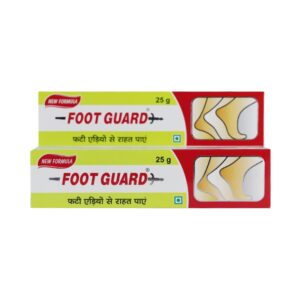LIQUID PARAFFIN + PROPYLENE GLYCOL + LACTIC ACID
Liquid Paraffin: Liquid Paraffin, also known as mineral oil or liquid petroleum, is a clear, odorless, and tasteless liquid derived from petroleum. It is commonly used as a laxative and lubricant in various medical and non-medical applications.
Liquid Paraffin works as a laxative by lubricating and softening the stool, facilitating its passage through the intestines. It also helps to prevent water loss from the intestines, making the stool softer and easier to pass.
The recommended dose of Liquid Paraffin for adults is typically 15-45 mL daily. However, the exact dose may vary depending on the individual’s age, condition, and the doctor’s instructions. It is important to follow the prescribed dose and duration of use to avoid any potential complications.
As with any medication, there may be some side effects associated with the use of Liquid Paraffin. Common side effects include mild abdominal discomfort, nausea, and diarrhea. Prolonged or excessive use of Liquid Paraffin can lead to more severe complications such as vitamin deficiency, malabsorption of nutrients, and interference with the body’s natural ability to absorb fat-soluble vitamins.
It is important to note that Liquid Paraffin should not be used by individuals with a known history of intestinal obstruction, appendicitis, or any other serious gastrointestinal condition. It is also not recommended for use in children without consulting a doctor.
Overall, Liquid Paraffin is a widely used laxative and lubricant that can help alleviate constipation. However, it is important to use it responsibly and under the guidance of a healthcare professional to avoid any potential side effects or complications.
Propylene Glycol: Propylene Glycol is a synthetic compound that is commonly used as a solvent, preservative, and humectant in various pharmaceutical and cosmetic products. It is also used as a food additive, often found in processed foods, medications, and personal care products.
The main mechanism of action of Propylene Glycol is its ability to increase moisture content and enhance the absorption of other ingredients into the skin. It acts as a humectant, attracting water and helping to retain moisture. This property makes it useful in moisturizers, creams, and lotions, where it helps to keep the skin hydrated.
As for its dosage, the amount of Propylene Glycol used in a product can vary depending on its purpose. In topical products, it is typically used at concentrations ranging from 1% to 50%, depending on the desired effect.
While Propylene Glycol is generally considered safe when used within recommended concentrations, it can cause minor side effects in some individuals. These can include skin irritation, redness, and stinging, especially in those with sensitive skin. In rare cases, Propylene Glycol can cause allergic reactions, such as dermatitis or hives. It is important to discontinue use and seek medical attention if any severe allergic reactions occur.
It is worth noting that Propylene Glycol has been approved by regulatory agencies, such as the Food and Drug Administration (FDA), for its safe use in various consumer products. However, individuals with known sensitivities or allergies to the compound should avoid products containing Propylene Glycol. If you have any concerns or questions about using products containing this ingredient, it is always recommended to consult with a healthcare professional.
Lactic Acid: Drug: Lactic Acid
Use: Lactic acid is a medication used primarily in dermatology and cosmetic procedures. It is commonly used as a chemical peel to improve the appearance of the skin by removing the outer layer of dead skin cells. It is also used in the treatment of certain skin conditions, such as acne, hyperpigmentation, and wrinkles.
Mechanism of Action: Lactic acid works as an exfoliant by breaking down the proteins that hold dead skin cells together. By removing the outer layer of dead skin cells, it stimulates the growth of new skin cells and promotes collagen production. This leads to smoother, brighter, and more youthful-looking skin.
Dose: The dose of lactic acid varies depending on the strength of the product and the specific treatment being performed. For chemical peels, the concentration of lactic acid used is typically between 30% and 70%. The exact dose and duration of treatment should be determined by a healthcare professional.
Side Effects: Lactic acid is generally safe when used as directed, but it can cause some side effects. Common side effects of lactic acid include redness, dryness, itching, stinging, and peeling of the skin. These side effects are usually temporary and resolve on their own. However, in some cases, lactic acid can cause more severe side effects such as skin discoloration, scarring, and infection. It is important to follow the instructions provided by the healthcare professional and to report any concerning side effects.

